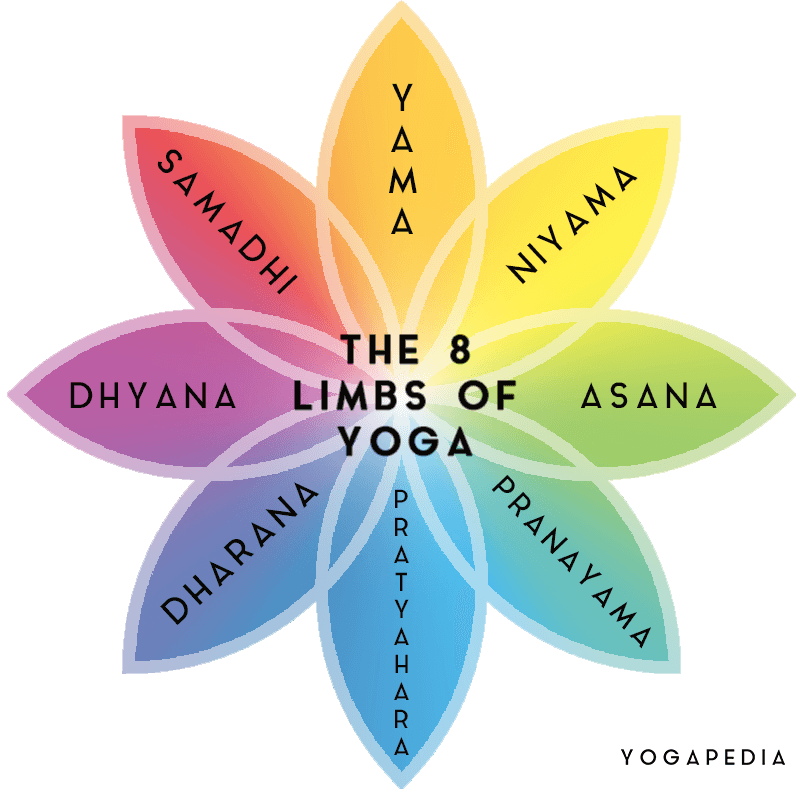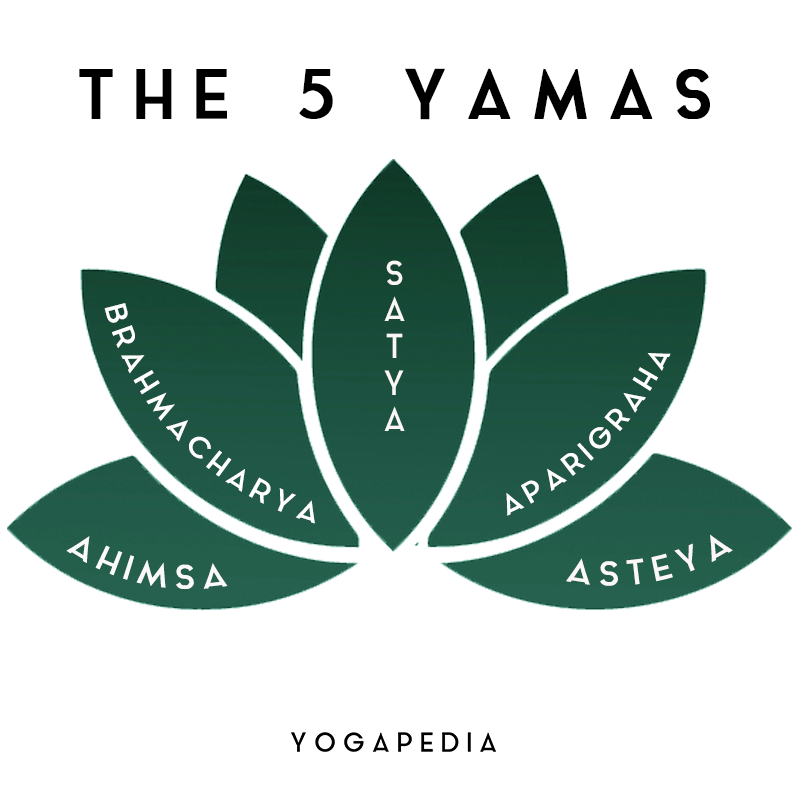As a yoga teacher, I’ve seen it countless times. Beginners arrive, bright-eyed and bushy-tailed, eager for the workout they’ve heard so much about. Flinging themselves enthusiastically around the mat, they bend and flex with gusto.
As the weeks go by, most become softer somehow. They’re more inclined to pause in stillness before class starts, their movements become inspired by a deep sense of ease. They confess, often with a tone of surprise, that impatience or anger has diminished, that compassion and mindfulness have flourished.
This is the magic of yoga; its blessings go way beyond the pretty poses plastered across Instagram.
Although the physical practice is often a gateway to so much more, it wasn’t quite intended to unfold this way around. Traditionally, yoga provides an eight-limbed path, and the asana we are most familiar with today is only the third step. In addition to other well-known practices, such as meditation and pranayama, the other limbs of yoga provide a set of moral, ethical and spiritual guidelines for peace and wellbeing.

The Yoga Sutras
Yoga was originally an oral tradition; teachings were transmitted directly from teacher to student and passed down through the ages. As such, its origins are shrouded in mystery, with researchers proposing that yoga is anything from 5,000 to 10,000 years old.
The Yoga Sutras are the first known classical texts on yoga, credited to an Indian sage named Patanjali around 2,000 years ago. Offering 196 “threads” of wisdom, these sutras provide guidelines for living a more meaningful and purposeful life, serving as a philosophical guidebook for dealing with the challenges of being human. (Learn more in The Foundation of The Yoga Sutras.)
The eight-limbed path of yoga was first outlined in The Yoga Sutras. Intended to be somewhat sequential, the path guides those who choose to follow it on a journey toward spiritual awakening. Since asana is the third limb, many modern-day students unknowingly overlook two preliminary steps: yama and niyama. These personal and social codes of conduct are necessary for a true understanding of the spirit of yoga.
A Yogic Prescription
As with any important journey, mental preparation is a vital first step. The yamas serve as a yogic prescription of ethical observances, helping to develop our most profound human qualities ahead of a spiritual voyage. Threads of integrity and discipline weave together these five codes of conduct, and indeed this is no coincidence.
Yama is Sanskrit for “bridle” or “rein.” In much the same way that you can bridle and rein a horse in a particular direction, yamas are intended to guide us along the eight-limbed path of yoga.
Whilst restraint is often considered to be negative or challenging, the self-discipline required for following each yama is a willing, joyful and positive force.

The five yamas are:
Ahimsa:
Nonviolence and compassion toward all living things. This is perhaps the most well-known of yoga’s ethical codes, thanks to its affinity with veganism. And yet, ahimsa is so much more than sticking to a plant based diet; it is the recognition that we are all connected. It forges a deep understanding of compassion, not only to the beings around us but to ourselves. Through the lens of ahimsa, it’s clear that even hurting oneself is hurtful to others. (Learn more in Ahimsa: The Number One Yama of the First Limb of Yoga.)
Satya:
Commitment to truthfulness in both words and actions. Of course, this encompasses speaking truthful words to others, but the root of satya is to be true to ourselves. Facing the truth can be challenging, particularly when it comes to the thoughts in our own minds. Satya encourages us to really live the truth, to sit with it no matter how hard it is and allow it to liberate the soul.
Asteya:
Non-stealing. This one might seem obvious – it’s clearly not pertinent to rob a bank on a spiritual path. But asteya goes beyond the stealing of primal pleasures and possessions. How often do you feel drained by others of energy, time or attention? Taking anything that is not freely given is considered stealing, regardless of whether or not it’s tangible.
Brahmacharya:
Chastity, continence or self-restraint. Brahmacharya’s meaning is widely debated, since many translations spark assumptions of sexual abstinence. The meaning here is not celibacy, but a moderation of all impulses and desires. In practicing brahmacharya, energy is conserved and harnessed for spiritual means.
Aparigraha:
Non-coveting, both of material possessions and conceptual drafts. Aparigraha is the practice of letting go of all that is not completely necessary, of realising that we already have everything we need. Possessions and conceptual notions about life distract us from the truth; nothing is permanent, everything is in flux. (Learn more in Practicing Aparigraha (Non-Attachment).)
It Takes Time
Adhering to the yamas is not something that will happen over-night. They are not check-boxes to be ticked before levelling up, nor strict rules to be enforced before other limbs are to be explored.
Each yama serves as a foundation for yoga practice, a character-strengthening base from which to explore the steps beyond. The eight limbs of yoga build on one another to forge a clear path to health, happiness and peace in body, mind and spirit – and trust me, it’s a lifelong journey.
Next time you’re contorting yourself into pretzel-like shapes at a yoga studio, listen carefully. When a teacher is walking this path, you will feel the subtle presence of yamas softly shining through. (Learn more in Yama and Niyama: The Yogi's Moral Guiding Lights.)
During These Times of Stress and Uncertainty Your Doshas May Be Unbalanced.
To help you bring attention to your doshas and to identify what your predominant dosha is, we created the following quiz.
Try not to stress over every question, but simply answer based off your intuition. After all, you know yourself better than anyone else.